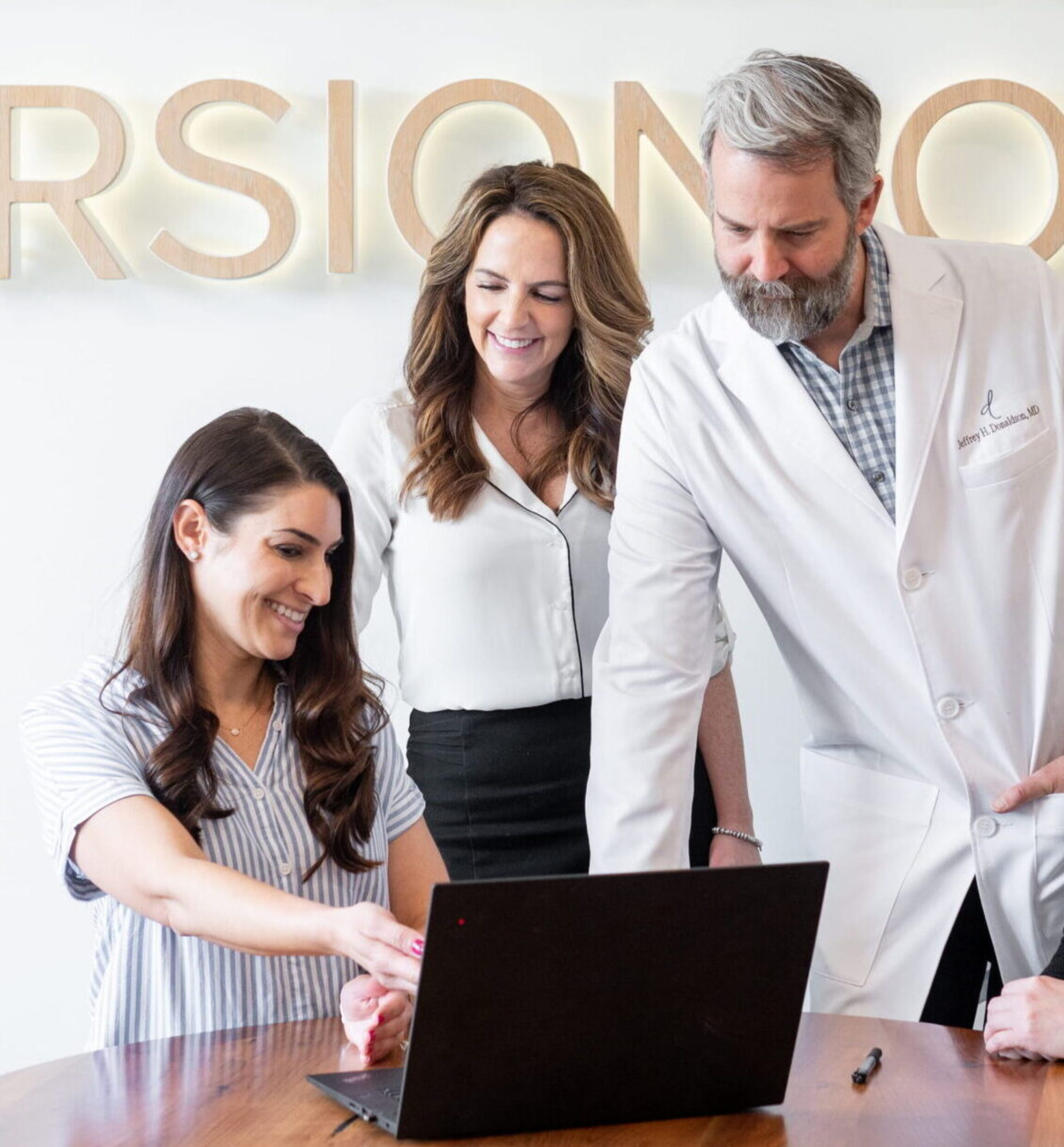PRP For Laser Treatments
The Benefits Of Adding Platelet-Rich Plasma To Your Next Skin Treatment
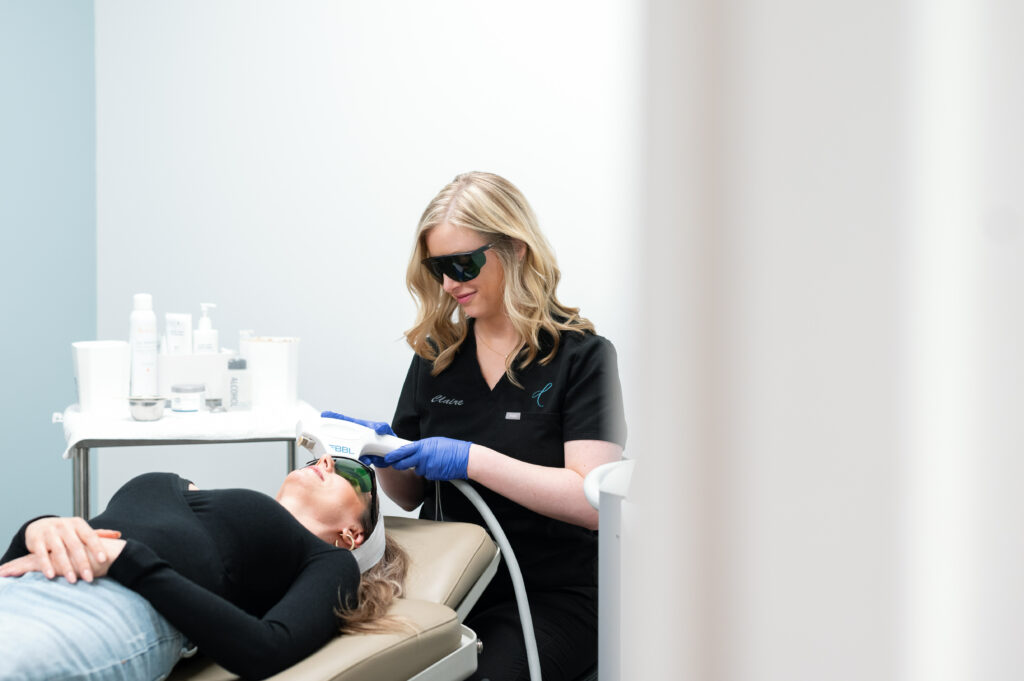
Laser therapies (like Halo, BBL, skin resurfacing and acne scar reduction) have proven effective for patients seeking advanced skincare solutions that go beyond an over-the-counter product. We’re going to dig deeper into the benefits of adding PRP for laser treatments to a session, along with how this upgrade can improve the overall patient experience by reducing the recovery period, improving aesthetic results and bolstering those amazing results.
What Is Cosmetic PRP?
Platelet-rich plasma (PRP) has become an increasingly popular addition to aesthetic skin treatments due to its ability to naturally enhance the healing process and improve overall cosmetic outcomes. PRP involves using the patient’s own blood to extract nutrient-rich platelets, which are then concentrated and injected back into the body or placed onto the skin after the treatment is completed.
PRP has been successfully used in various medical fields, including sports medicine, sexual wellness, orthopedics and hair restoration, and is now being incorporated into laser skin treatments.
“The PRP is all the good stuff — all of the growth factors that stimulate collagen production, promote cell growth, efficiently repair the micro-injuries made during the treatment and help those results really shine after the recovery process.”
-Claire Hinkle, PA-C
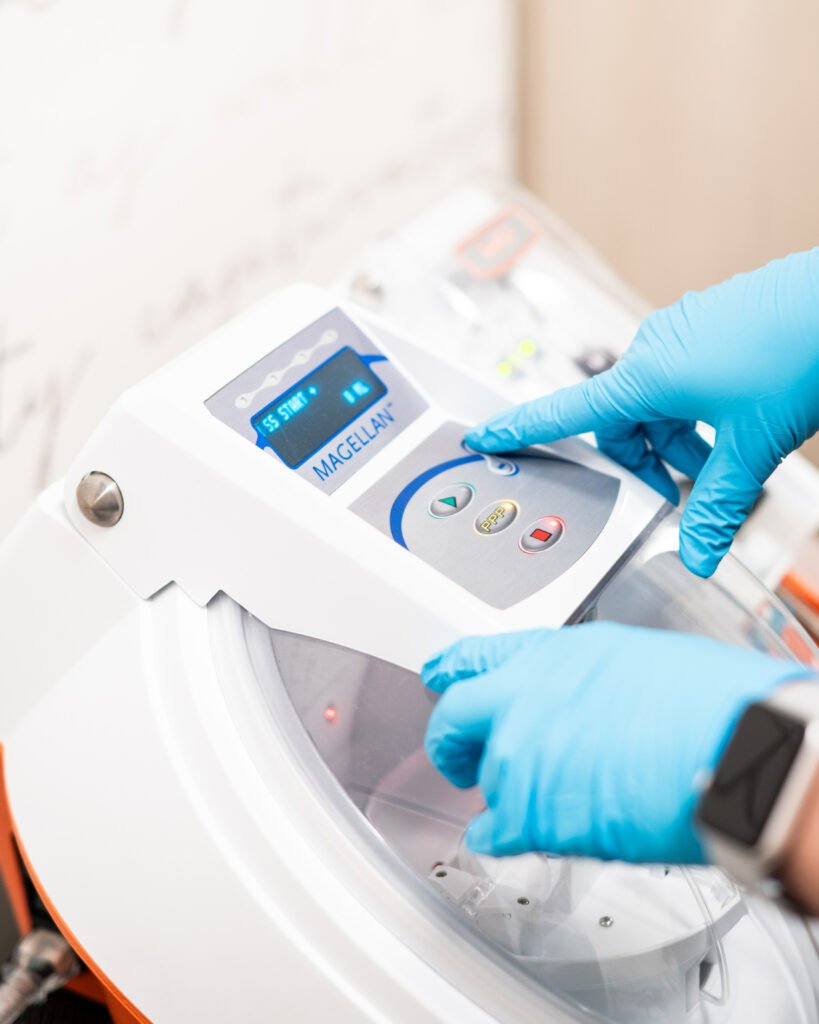
Growth Factors Found In Platelet-Rich Plasma:
- Platelet Derived Growth Factor (PDGF)
- Transforming Growth Factor (TGF)
- Vascular Endothelial Growth Factor (VEGF)
- Epidermal Growth Factor (EFG)
- Insulin-Like Growth Factor (IGF)
- Fibroblast Growth Factor (FGF)
What Treatments Can Benefit From PRP?
- Halo laser skin resurfacing
- diVaTyte
- Microneedling
- Morpheus8 skin tightening
- Post-surgery scar reduction
Does PRP Reduce The Recovery Time For Laser Treatments?
Yes. Recent research indicates that properly timed PRP usage can aid in cell regeneration and wound repair processes after laser treatments and microneedling. It can also minimize adverse symptoms, including erythema, edema and crusting.
Does PRP Improve Laser Treatment Results?
Yes. Limited studies have shown that fractional carbon dioxide lasers, combined with platelet-rich plasma treatments, resulted in a significant increase in patient satisfaction with their cosmetic results, specifically when it comes to combatting photoaging and treating wrinkles.
Can It Preserve Those Results Longer?
There is not much in the way of published academic studies when it comes to PRP’s effect on the longevity of results. However, our providers have seen, first-hand, longer-lasting positive outcomes when PRP was added to treatment. This could be due to the plasma’s healing properties and growth factors, but this could also be correlated with patients who are more dedicated to their skincare regimen and tend to strictly adhere to post-treatment protocols designed to preserve results.
How Long After A Laser Treatment Is PRP Added?
For maximum efficacy, providers apply platelet-rich plasma to the treated area and massaged it into the skin almost immediately after the treatment is completed. The PRP is left to sit for about 20 minutes. A soothing balm may then be applied to help reduce swelling and improve comfort.
Patients Should Avoid PRP If They’ve Been Diagnosed With:
- Skin cancer in the desired treatment area
- HIV/AIDS
- Hepatitis C
- Blood cancer
- Any cardiovascular disease that requires blood thinners
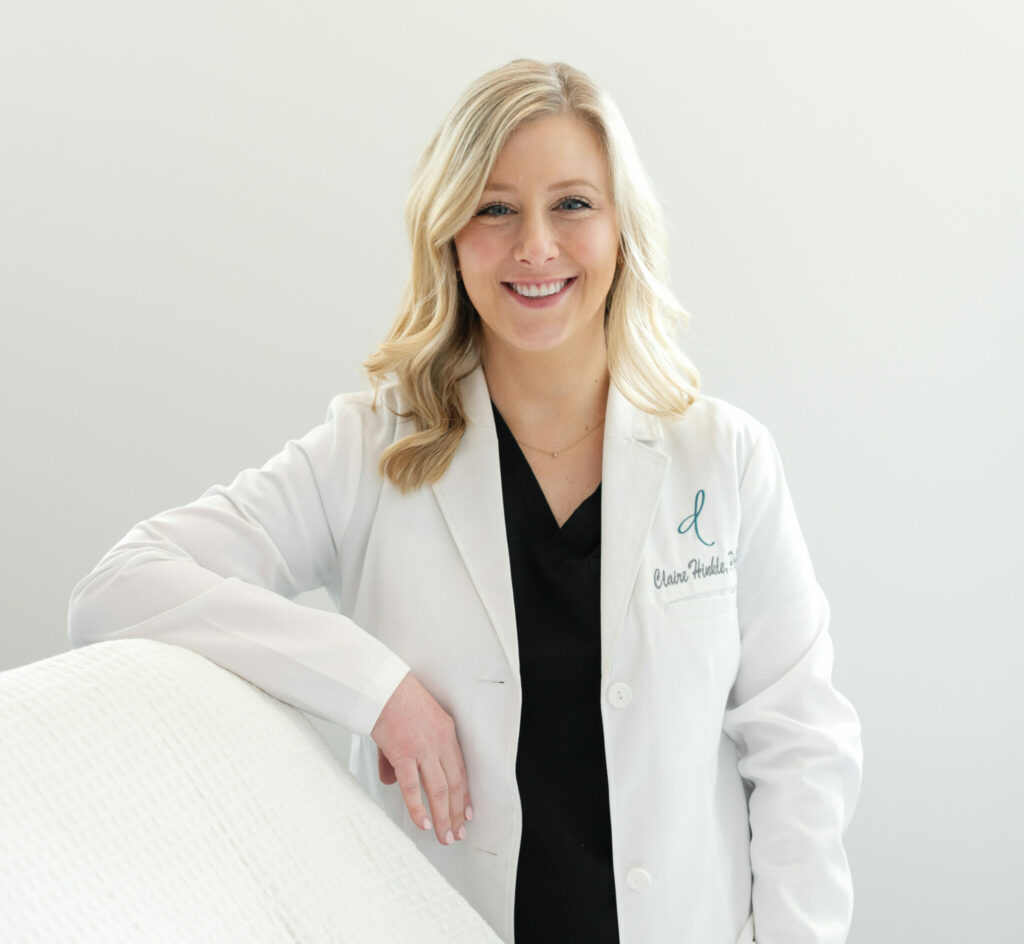
About The Author
Claire Hinkle, PA-C is an esteemed aesthetic provider at Donaldson Plastic Surgery. Her nonsurgical specializations include laser skin therapies, Botox and filler injections. Claire has spent more than 7 years immersed in the world of plastic surgery and head and neck surgery recovery, assisting thousands of patients through this vulnerable time in their lives. With her rich history in the postoperative experience, she aims to help even more patients recover faster and bolster their cosmetic outcomes.
Related Articles
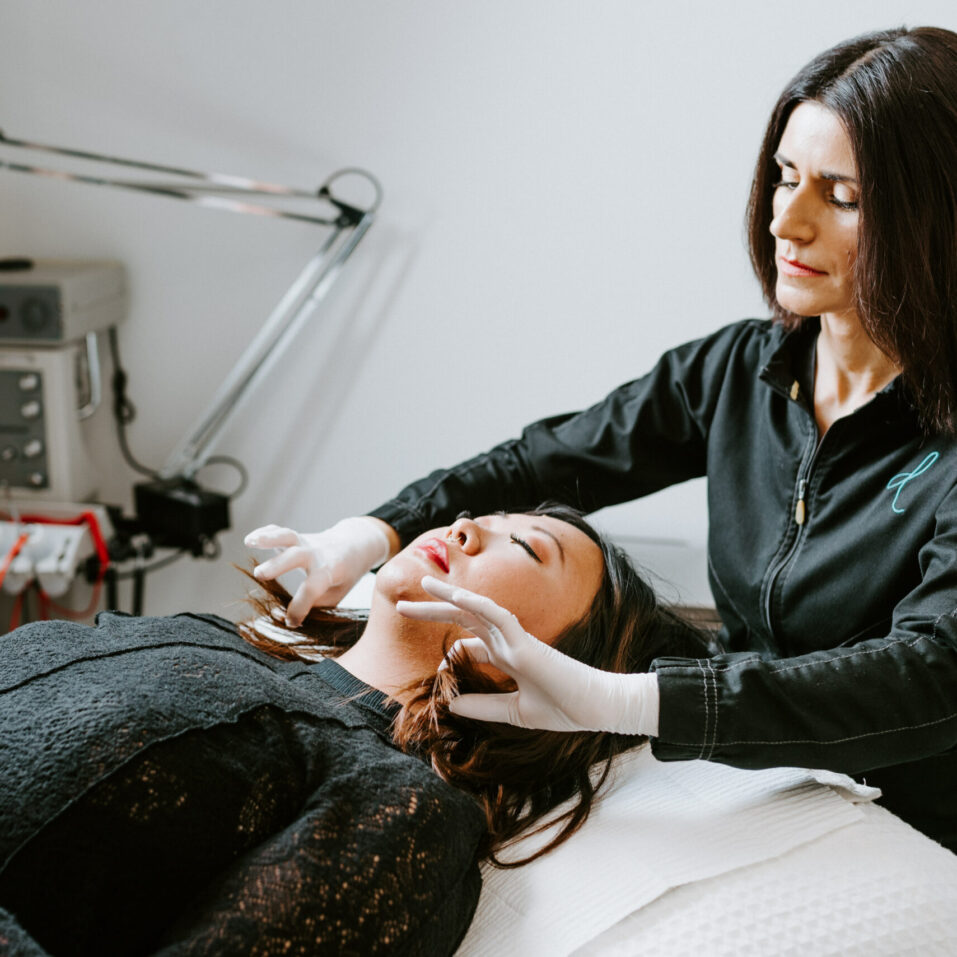
Read More The Art Of Aesthetic Biohacking
The Art Of Aesthetic Biohacking
You can enhance your look by "hacking" your biology through nonsurgical treatments that use the body's own growth factors to adjust your appearance, while also adding specific vitamins and minerals into your daily regimen to replenish what you may be missing.
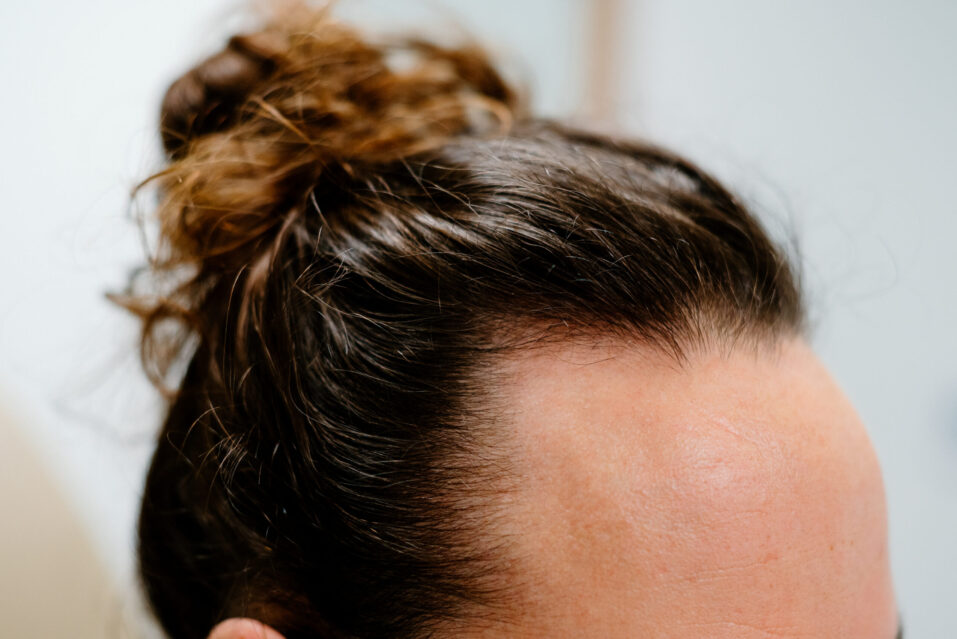
Read More How To Regrow Your Hair Without A Transplant
How To Regrow Your Hair Without A Transplant
PRP injections, prescriptions medications and medical-grade nutrition supplements can be combined as a nonsurgical solution to regrowing and retaining existing hair.
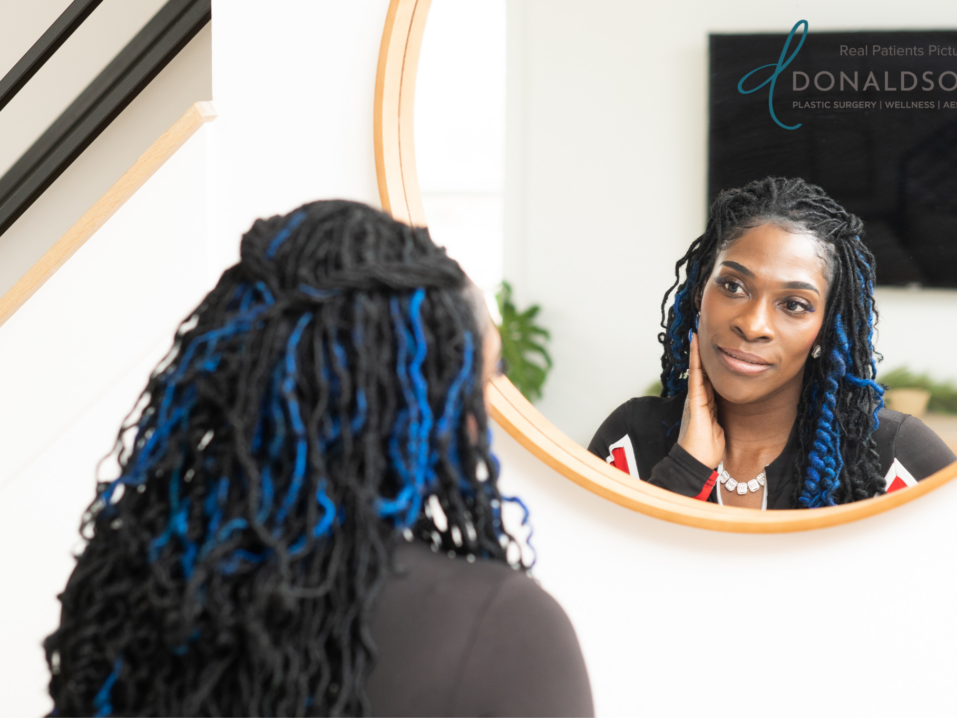
Read More Cosmetic Treatments For Darker Skin Tones
Cosmetic Treatments For Darker Skin Tones
There are a number of cosmetic treatments that are safe for dark skin — including Morpheus8 & PRP for hair restoration. However, certain laser procedures should be avoided.










